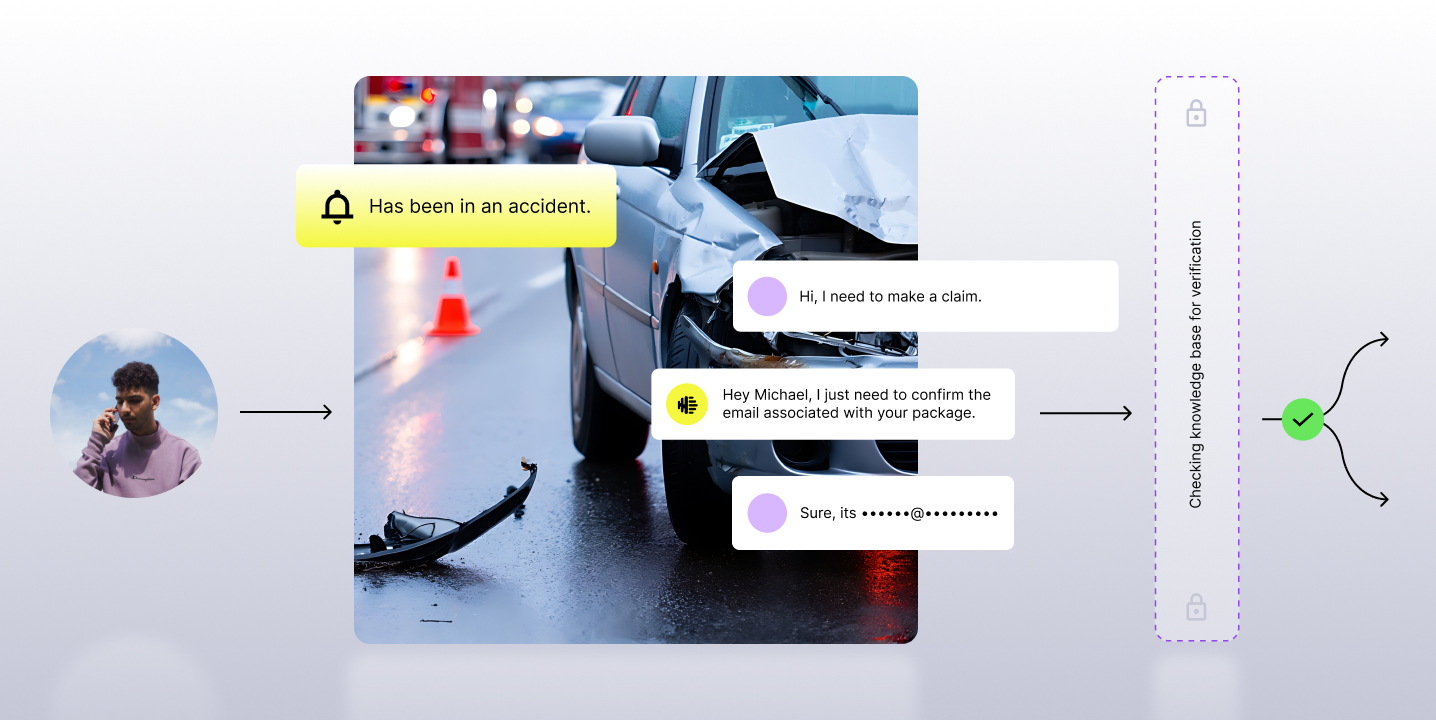For unicorn insurance company Root Insurance, the shift to remote work came quickly. Really quickly.
“We decided to make the switch to work from home overnight. We went from everyone in the office to 97% of our company working from home. That’s a massive shift in a short amount of time,” said Chad Hudgins, who leads quality and training for more than 150 customer support agents at Root Insurance.
Contact centers across the globe shared this experience. Agents were moved from on-site to their living rooms, and with it, a swath of new challenges arose -- from protecting customer data, to ensuring consistent customer experiences, and even maintaining company culture.
But one of the biggest casualties of the transition is agent coaching programs. The old way of doing things just isn’t possible in a virtual environment. Then again, maybe it’s a phoenix rising from the ashes - a new way of coaching emerging?
.png)
The hard truth on agent coaching in a remote world
The pandemic has fundamentally changed the way organizations operate, collaborate, and coach. With that change, contact centers have had to find new ways to work productively, manage their new virtual environments, and lead their teams through these uncertain times.
For those responsible for coaching agents, learning and development, maintaining productivity in the face of new challenges is at the forefront of managing the transition.
- From in-person to Zoom: Contact centers are struggling to recreate the personal coaching environment to conduct impactful sessions in a virtual world. So much is lost in a virtual call - interpersonal queues, body language, tone - which leads to big gaps for something as relational as coaching and teaching.
- Agent enablement and inspiration: Supervisors periodically walk the contact center floor to monitor agents and provide in-person, on-the-spot agent performance coaching, as well as assisting agents with difficult situations. What does ad-hoc engagement look like remotely? How does it scale?
- Camaraderie and culture: With agents handling hundreds of calls daily, forming relationships amongst co-workers helps agents stay engaged and happy. Impromptu peer-to-peer learning sessions in a collaborative culture were the norm. How do you provide your remote team unstructured time and formats for collaboration? How do people understand how they perform compared to peers and learn from top performers?
- Compliance mitigation: From the secure contact center floor (in terms of both technology infrastructure and physical environment), to the agent’s living room, a new set of compliance challenges have arisen around maintaining compliance at home.
The result is a widening coaching productivity gap
With the rapid shift to distributed agents, a productivity gap quickly formed and continues to widen in two areas:
- The success of the coaching programs themselves
- The culture which is built around those programs.
To make up for these challenges, a greater focus on software integrations and a new reliance on interaction and speech analytics and AI services, both in maintaining business continuity and easing the burden on teams, is helping companies better support their remote workforces.
There were a number of success stories.
JK Moving, one of the nation’s largest moving companies, used AI immediately to monitor for PPE Moments, where consultants used language to reassure customers that JK was adhering to COVID guidelines. These phrases helped drive additional revenue, attributed to coaching the team on new key phrases and key times.
VOO, a Belgian telco, moved 188 agents remotely in one week. Fully operational in the cloud, VOO saw a 38% increase in productivity within the week.
On the other side, the ongoing stories of poor customer experiences spread far and wide. Bank customers waiting on hold for hours, and sometimes days. The industry average on abandonment rate surged from 2% to 10%. The pandemic caused a perfect storm of customer service issues, with companies struggling to keep up while keeping their agents safe, engaged, and properly coached to handle the new normal.
How the gap formed, and continues to widen
Over the last decade, contact centers invested heavily in AI technology to gain a deeper understanding into customer interactions taking place, streamline processes, and drive better results across their most critical KPIs. In fact, 8 out of 10 contact centers have implemented AI into their customer service. It’s widespread and widely adopted.
But nobody could have foreseen the impact interaction analytics and AI services would have on the heels of the COVID-19 pandemic. The organizations that had invested in and embraced AI-driven technologies were far more equipped to handle the massive organization changes compared to those that hadn’t.
With a finger on the pulse of every business interaction taking place, AI-enabled contact centers were capable of quickly creating new and adapting existing coaching programs to better enable their newly remote agents.
Taking a look at what's working well
100% visibility through real-time insights
It’s no secret that leading contact centers already had the technologies in place necessary to get full visibility into what was happening with their interactions and agents. Coaching programs powered by cloud-based AI services, particularly interaction analytics, have empowered organizations to seamlessly move their interaction monitoring and analysis remote to maintain their speed to insight.
It didn’t matter where the agents were located - the organizations could still monitor 100% of interactions at scale, and in turn, continue to utilize those insights to influence their coaching programs.
Built-in coaching workflows
The pandemic also accelerated the volume of interactions that were taking place across all channels. This brought a new set of never-before-experienced challenges to organizations, and their customer service teams on the frontlines bore the brunt of it.
Specifically for coaching, from the beginning, organizations were able to understand call drivers, what exactly was impacting CX, why customers were unhappy, and ensure compliance. Those who had built-in coaching workflows were able to immediately suggest tips, resources, and real-time monitoring of KPIs to help better handle the surge.
As the pandemic continues into 2021, equally important is monitoring the success of coaching programs, understanding what types of coaching are making an impact and where others are falling short. Not only will modern brands uncover ways to tailor coaching for each agent, but they’ll also use data to know where roles like QAs and supervisors need coaching, too.
How organizations are staying on the right side of the gap
A recent NBC poll found that 75% of respondents felt that customer service has worsened during the pandemic. Whether its customer stress, the result of the rapid transition to work from home for entire contact centers, or agent preparedness for a new swath of customer queries, impactful agent coaching programs are the key to mitigating these challenges and falling into the other 25%.
To learn more about how organizations are staying on the right side of the gap, check out part two of our coaching productivity gap series.


















